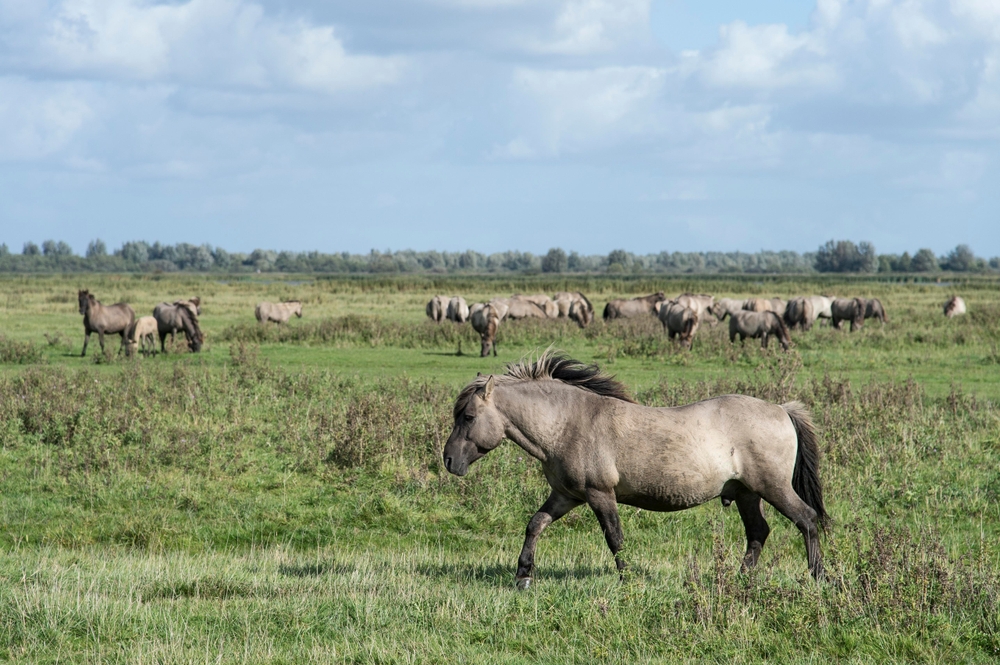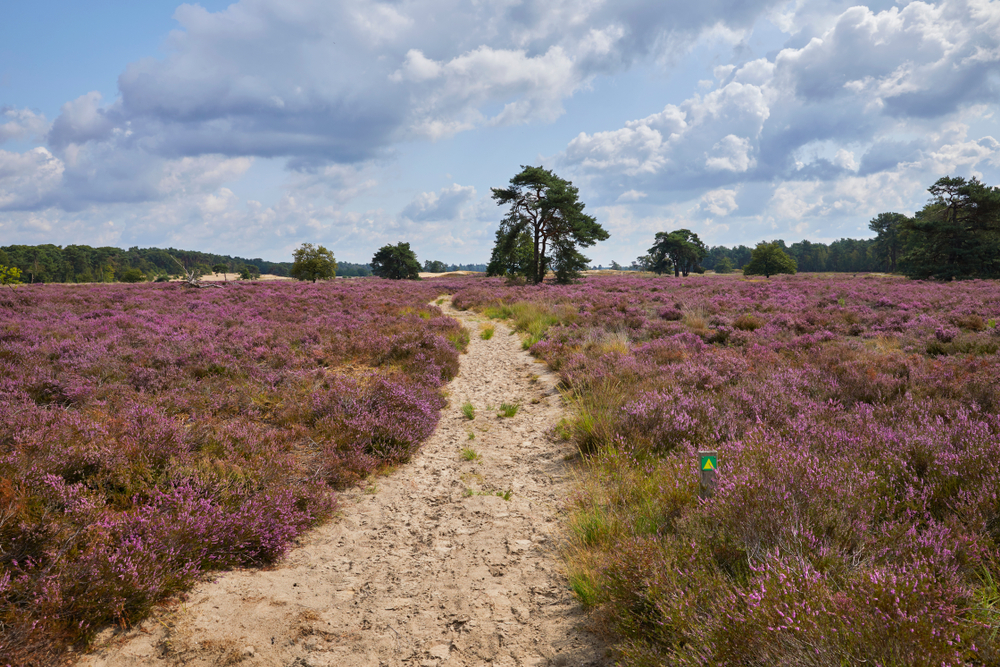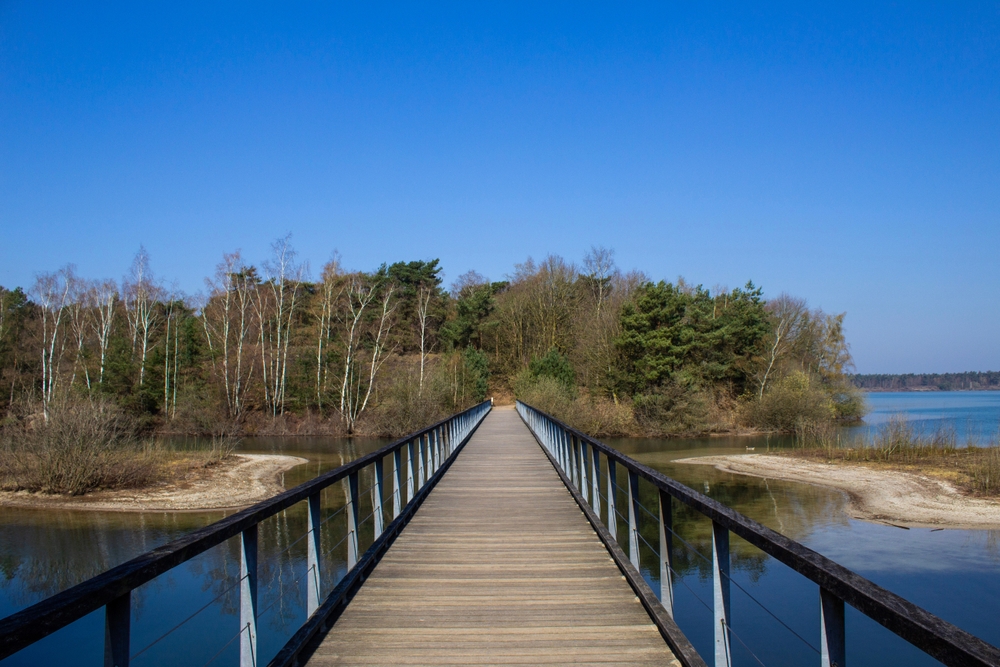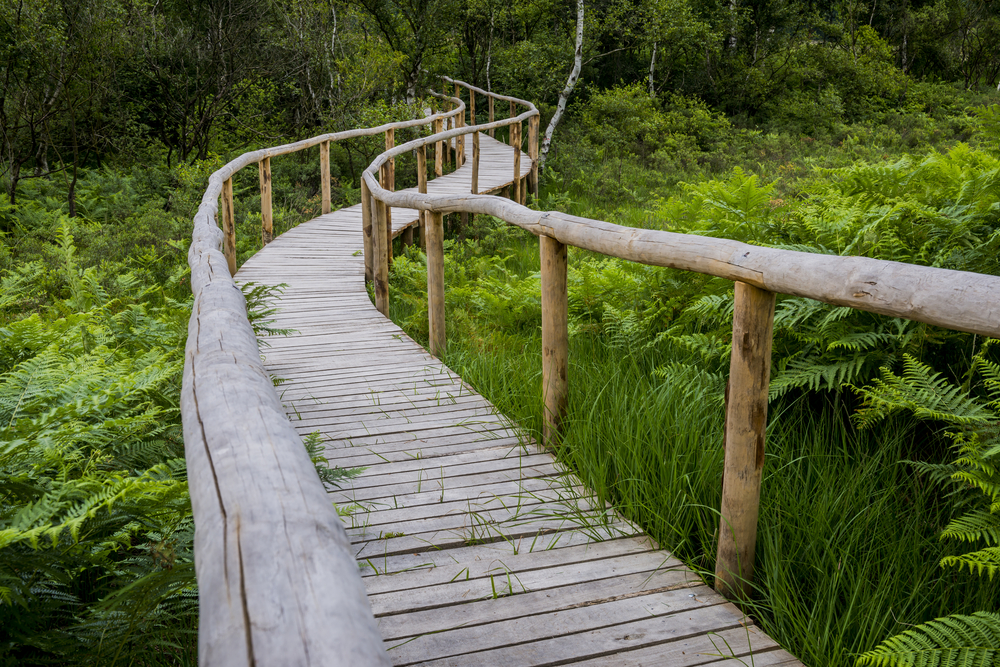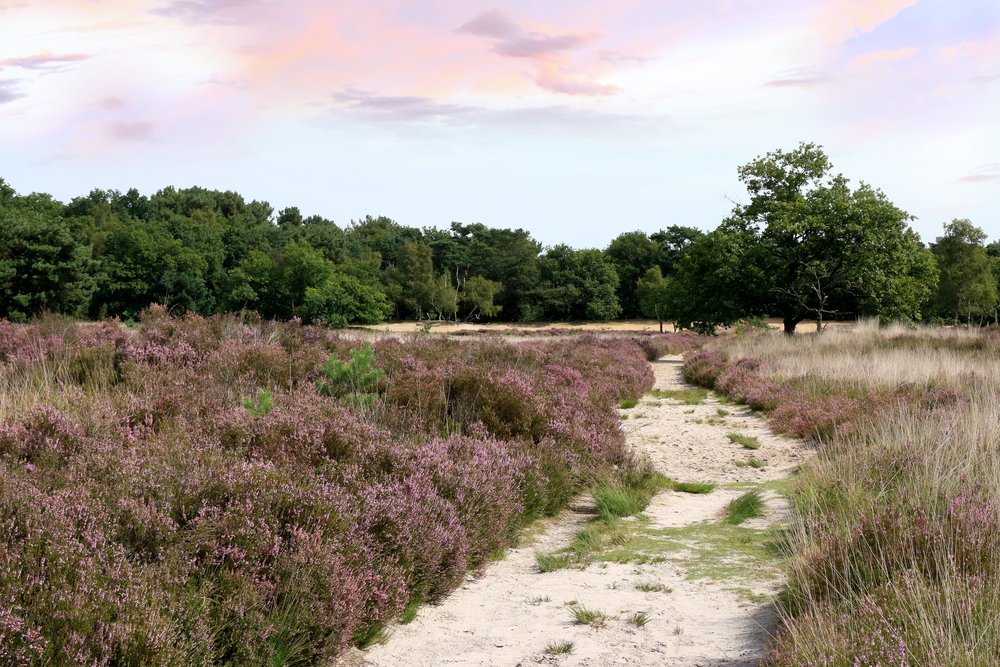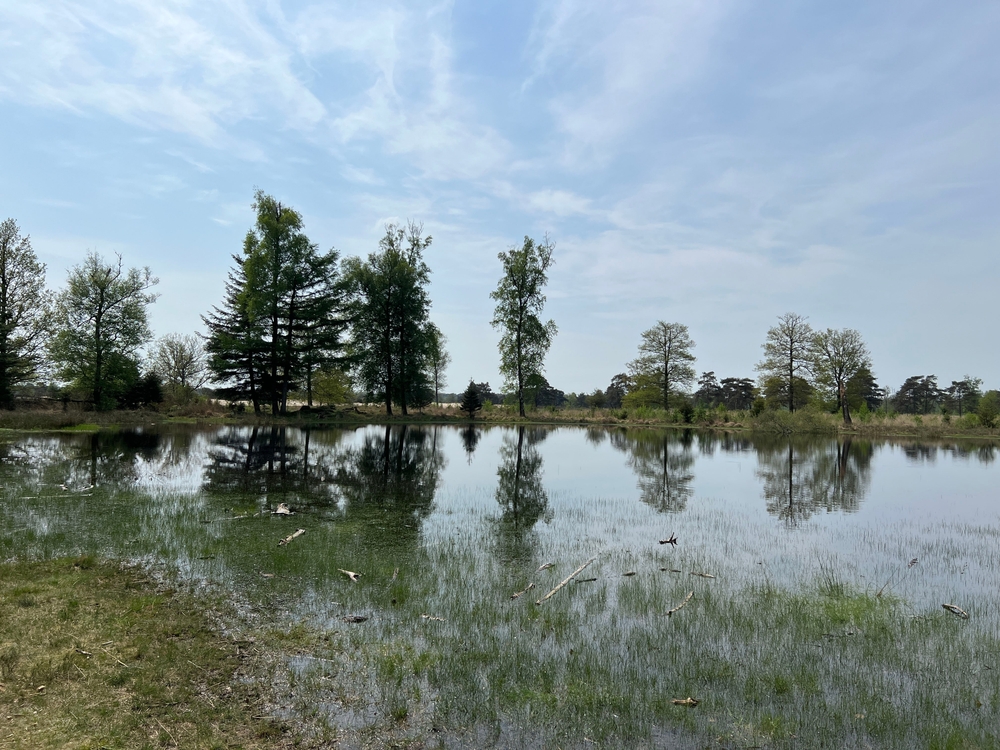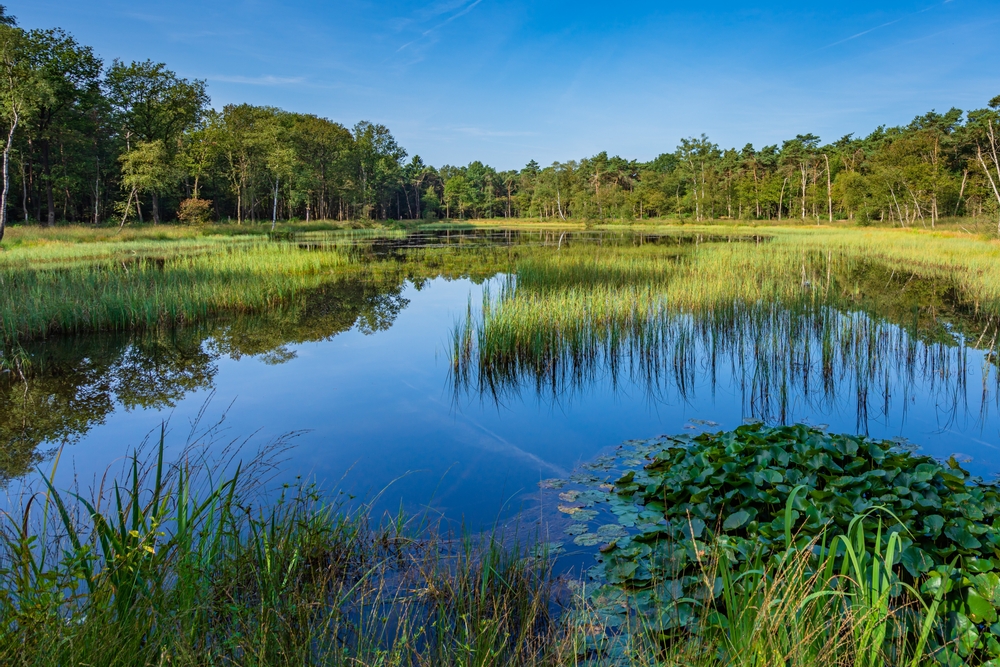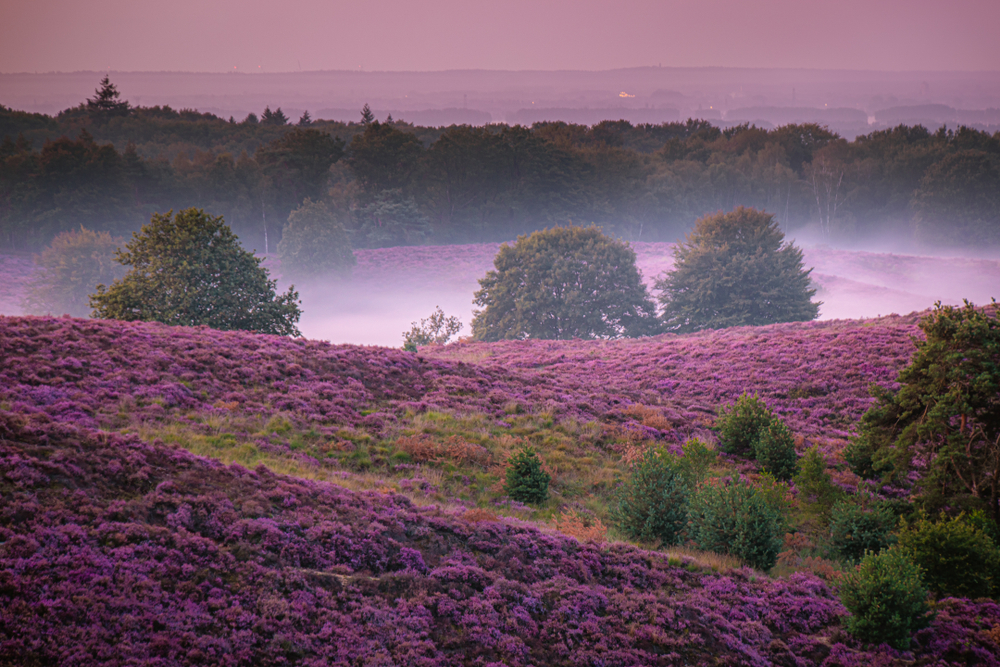Lauwersmeer Overview
Lauwersmeer National Park, known locally as Nationaal Park Lauwersmeer, is a stunning protected area in the northern Netherlands, covering approximately 24 square miles (62 square kilometers).
It is located between the provinces of Friesland and Groningen and was established in 2003 after the transformation of the former Lauwerszee into a freshwater lake. The park is the result of a successful land reclamation project, turning what was once a saltwater inlet of the Wadden Sea into a thriving wetland ecosystem.
Today, it is an important destination for nature lovers, birdwatchers, and outdoor enthusiasts, offering a diverse and dynamic landscape shaped by both nature and human intervention.
The park’s terrain is characterized by open water, vast reed beds, meadows, and woodlands that have developed over the decades. The transition from a saltwater estuary to a freshwater lake allowed unique vegetation to thrive, including rare orchids and marsh plants.
The shoreline consists of mudflats and grasslands that support an abundance of life, while patches of forest, including the Ballastplaatbos, provide a striking contrast to the open waters of Lauwersmeer. The park’s numerous islands and sandbanks add to the diversity of its landscape, making it a visually stunning and ecologically rich environment.
Lauwersmeer National Park is particularly renowned for its extraordinary birdlife, making it a premier destination for birdwatchers. The park is home to an impressive array of waterfowl and migratory birds, including white-tailed eagles, spoonbills, great egrets, and barnacle geese. Large flocks of ducks and waders can be observed throughout the year, especially during migration seasons when thousands of birds stop to rest and feed.
Mammals such as roe deer, foxes, and European otters can also be spotted within the park’s grasslands and woodlands. The presence of these species highlights the park’s importance as a refuge for wildlife in the Netherlands.
Visitors to Lauwersmeer National Park can enjoy a variety of outdoor activities that showcase its natural beauty. Hiking and cycling trails weave through the landscape, offering breathtaking views of the wetlands and open skies. Boat tours and canoeing excursions allow visitors to explore the waterways, providing an up-close look at the diverse bird species and aquatic habitats.
The park is also a designated Dark Sky Park, making it a fantastic location for stargazing, with minimal light pollution creating ideal conditions for night sky observation. Additionally, designated observation huts and platforms provide excellent spots for birdwatching throughout the year.
Lauwersmeer National Park has seen significant conservation efforts aimed at maintaining its delicate balance of ecosystems. The transition from saltwater to freshwater initially disrupted local biodiversity, but successful habitat management has allowed new species to flourish.
Efforts to prevent overgrowth by grazing livestock help maintain the open grasslands, ensuring a healthy habitat for many bird species. Conservation challenges remain, including the impact of climate change and water quality management, but ongoing efforts by park authorities and conservation organizations have made Lauwersmeer a shining example of ecological restoration and sustainable nature preservation.









































































